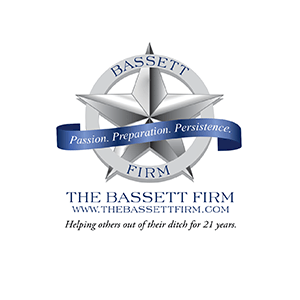In Genie Indus., Inc. v. Matak, the Texas Supreme Court reversed a jury’s finding of a defective design based on the fact that the danger, which ultimately led to a worker’s death, was open and obvious. In this case, the workers, prompted by on-site customer representatives, decided to save time by attempting to move a fully extended platform lift while a worker was still on board and elevated 40 feet in the air. Almost immediately, the lift toppled over and the worker fell to his death.
A jury ruled in favor of the worker’s estate in the wrongful death suit that followed, finding that the platform lift designer was 55% at fault because of a defective design, which allowed the workers to attempt the maneuver in the first place. The Texas Supreme Court did not agree.
The Court reversed and rendered judgment for the manufacturer, holding that the design was not defective and “cannot be said in any sense to be unreasonably dangerous.” The Court went on to say, “The issue is usually one of fact for the jury but may nevertheless be a legal one when the evidence is such that reasonable minds cannot differ on the risk-utility balancing considerations.”
This ruling appears to be a departure from the Texas Supreme Court’s Opinion in Uniroyal Goodrich Tire Co. v. Martinez, in which the Court affirmed the lower court’s holding that an adequate warning does not preclude a finding of defective design. However, the Court distinguished its recent Opinion based on the facts of the cases. In the Uniroyal case, the Court affirmed a finding of defective design when a 16″ tired exploded after the technician attempted to mount it on a 16.5″ rim. The Court found that a worker could reasonably believe he was mounting a 16″ tire on a 16″ rim, when it was really a 16.5″ rim. In contrast, the Court found that no worker could reasonably believe it was safe to move the lift while it was fully extended.
Further, in this case, the warnings on the machine cautioned against exactly this danger. One sign at eye level on the machine stated, “DANGER: Tip-over hazard. Attempting to move the machine with the platform raised will tip the machine over and cause death or serious injury.”
The Texas Supreme Court concluded that, “Even without these warnings, the danger is obvious.” Ultimately, “Texas law does not require a manufacturer to destroy the utility of his product in order to make it safe.” The lack of evidence of a safer alternative design, coupled with warnings on the machine and an obvious tip-over danger, led to the Court’s conclusion that the lift’s design was not defective.
Takeaways:
· General Rule: adequate warnings do not alleviate liability for a defective design.
· Exception: there is no defective design when injuries were caused by use of the product in obviously dangerous ways.

